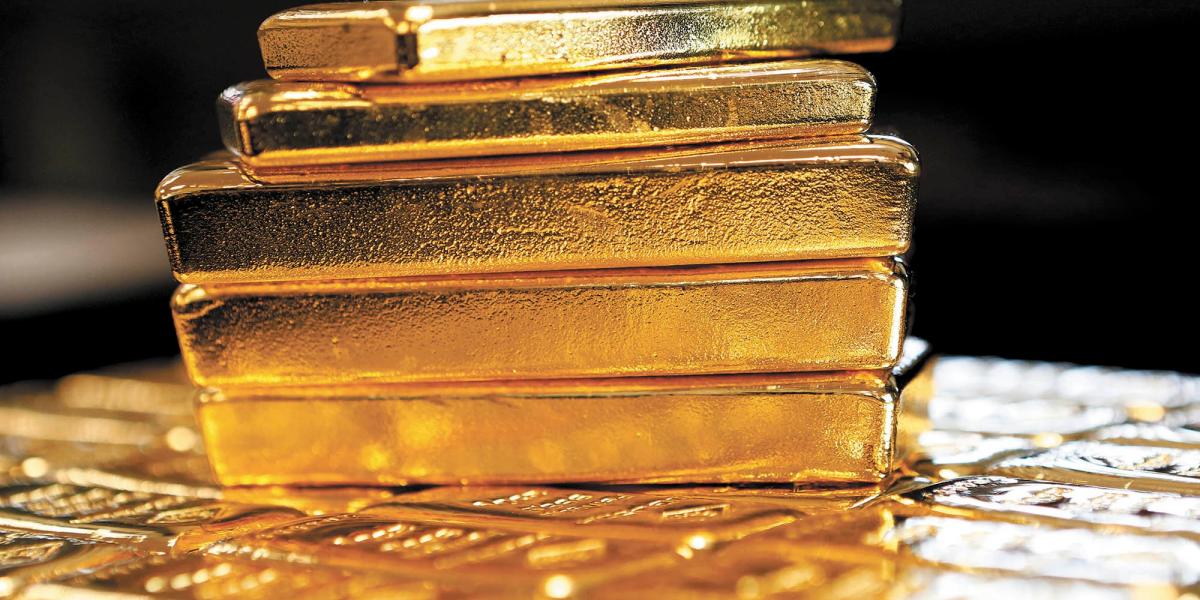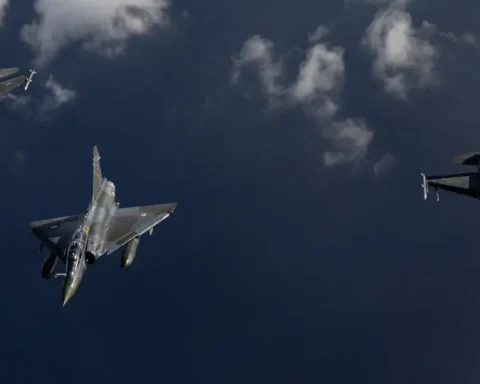Gold prices rose for a second straight session on Tuesday, hitting a one-week high as rising tensions between Russia and Ukraine sparked a surge in demand for safe-haven assets, while investors awaited signs on rate plans. interest of the Federal Reserve.
Spot gold rose 0.6% to $2,626.53 an ounce, hitting its highest level since Nov. 11. US gold futures rose 0.6% to $2,630 an ounce.
On Monday, gold gained 2%, its biggest daily gain since mid-August, bouncing from a two-month low last week.
“News about the change in Russian nuclear doctrine following Ukraine’s first long-range missile attack on Russian territory has sparked some safe-haven flows into gold,” said Daniel Ghali, Commodities Strategist at TD Securities.
“Barring further price consolidation, speculative investors do not have enough dry powder in their coffers for gold to resume its upward trajectory at this juncture.”
Gold’s appeal is reinforced by geopolitical tension, economic risks and a low interest rate environment.
Fed officials are scheduled to speak this week, which could provide more information on likely rate cuts. Traders currently see a 62% chance of a 25 basis point cut in December.
“Given that the case for gold has not diminished, the lower price level seems to spark buying interest,” analysts at Commerzbank said.
Aluminum on the rise
Aluminum prices rose on the London Metal Exchange (LME) while those on the Shanghai Futures Exchange (SHFE) fell as the market digested China’s plan to eliminate export tax rebates for some metal products.
Three-month aluminum on the LME rose 1% to $2.632 a metric ton. The most traded December aluminum contract on the SHFE closed down 0.4% at 20,470 yuan ($2,827.5) a ton.
China’s announcement Friday that it would cancel a 13% export tax refund on semi-manufactured aluminum products starting Dec. 1 raised concerns that global supplies would tighten and leave more product at home.
“In the short term, the cancellation of the sales will make Chinese aluminum products more expensive on the international market and could lead to a reduction in export volumes,” said Ewa Manthey, raw materials analyst at ING.
Aluminum on the LME will struggle to maintain its price rise (it hit $2,730 on Friday) until physical demand recovers, according to one trader.
Both LME copper and zinc were stable at $9,072 and $2,952 per tonne, respectively, while nickel rose 1.5% to $15,970 and tin fell 0.4% to $28,885.
















